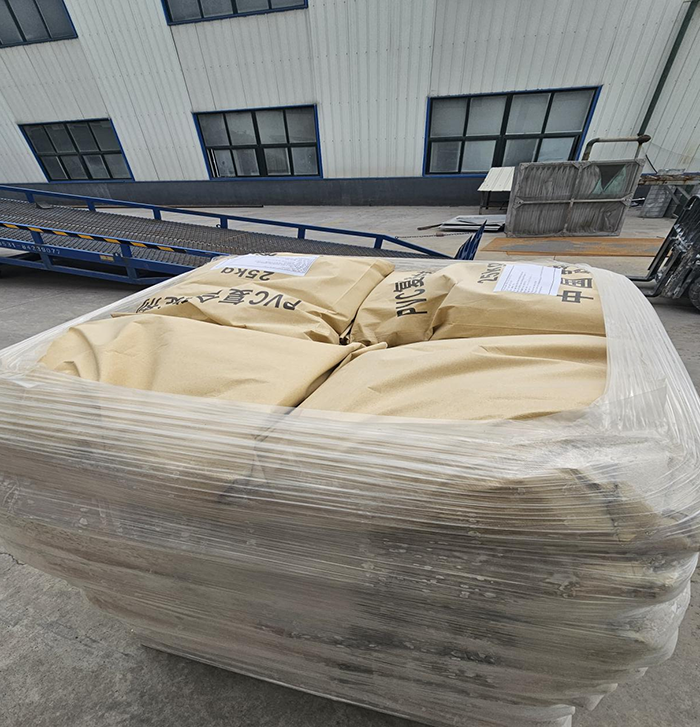The degradation of PVC is mainly caused by the decomposition of active chlorine atoms in the molecule under heating and oxygen, resulting in the production of HCI. Therefore, PVC heat stabilizers are mainly compounds that can stabilize the chlorine atoms in PVC molecules and prevent or accept the release of HCI. R. Gachter et al. classified the effects of heat stabilizers as preventive and remedial. The former has the functions of absorbing HCI, replacing unstable chlorine atoms, eliminating ignition sources, and preventing automatic oxidation. The latter remedial type aims to add to the polyene structure, react with unsaturated parts in PVC, and destroy carbocations. Specifically, as follows:
(1) Absorb HC1 extracted from PVC to inhibit its self catalytic activity. Products such as lead salts, organic acid metal soaps, organotin compounds, epoxy compounds, amines, metal alkoxides and phenols, and metal thiols can all react with HCI to inhibit the de HCI reaction of PVC
Me (RCOO) 2+2HCI MeCl+2RCOOH
(2) Replace or eliminate unstable factors such as allyl chloride atoms or tertiary carbon chloride atoms in PVC molecules, and eliminate the initiation point of HCI removal. If the tin atoms of organic tin stabilizers coordinate with the unstable chlorine atoms of PVC molecules, and the sulfur atoms in organic tin coordinate with the corresponding carbon atoms in PVC, the sulfur atoms in the coordination body replace with the unstable chlorine atoms. When HC1 is present, the coordination bond splits, and the hydrophobic group firmly binds with the carbon atoms in PVC molecules, thereby inhibiting further reactions of HCI removal and formation of double bonds. Among metal soaps, zinc soap and pot soap have the fastest substitution reaction with unstable chlorine atoms, barium soap is the slowest, calcium soap is slower, and lead soap is in the middle. At the same time, the generated metal chlorides have varying degrees of catalytic effect on the removal of HCI, and their strength is as follows:
ZnCl>CdCl>>BaCl, CaCh>R2SnCl2 (3) is added to double bonds and co conjugated double bonds to prevent the development of polyene structures and reduce coloring. Unsaturated acid salts or complexes have double bonds, which undergo a diene addition reaction with PVC molecules, thereby disrupting their covalent structure and inhibiting color change. In addition, metal soap is accompanied by double bond transfer while replacing allyl chloride, causing damage to the polyene structure and thus inhibiting color change.
(4) Capture free radicals to prevent automatic oxidation. If adding phenolic heat stabilizers can block the removal of HC1, it is because the hydrogen atom free radicals provided by phenols can couple with the degraded PVC macromolecular free radicals, forming a substance that cannot react with oxygen and has a thermal stabilization effect. This heat stabilizer can have one or several effects.
Post time: Mar-29-2024





